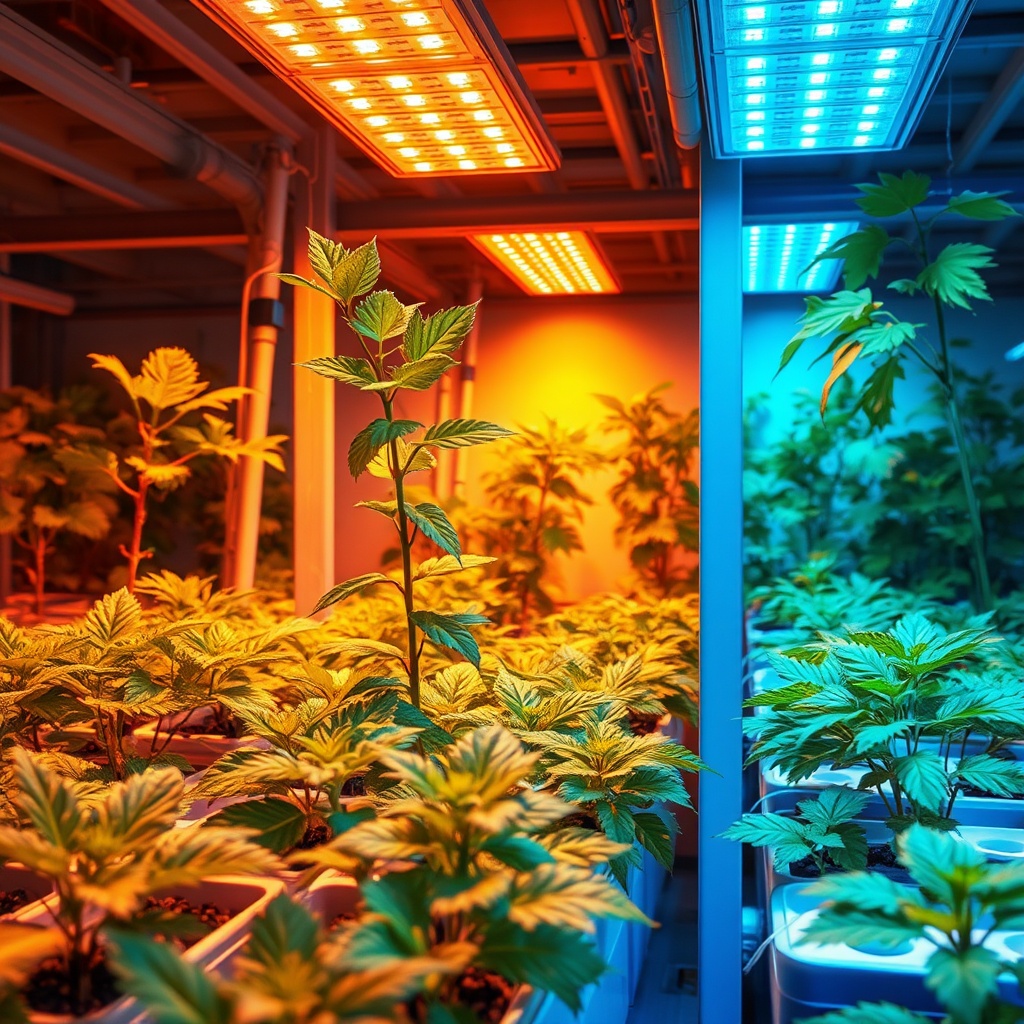In the world of hydroponics, the significance of color temperature cannot be overstated. Color temperature, measured in Kelvin (K), refers to the hue of the light emitted by a source and is a critical factor influencing plant growth. Different stages of plant development require specific light conditions, and understanding these requirements can lead to more effective hydroponic practices.

When it comes to hydroponics, the right color temperature can promote optimal photosynthesis, influencing the morphology and yield of plants. Generally, lower color temperatures (2700K-3000K) emit a warm light that is typically favorable for flowering and fruiting plants, while higher color temperatures (5000K-6500K) produce a cool light that supports vegetative growth.

Plants utilize light as a primary energy source, and different wavelengths of light can trigger various physiological responses. The color temperature of the light can affect not only the growth rate but also the nutrient absorption and overall health of the plants. Understanding this relationship allows growers to tailor their lighting systems to meet the specific needs of their hydroponically grown crops.
For instance, studies have shown that blue light (around 400-500 nm) is essential during the vegetative phase, promoting robust leaf development, while red light (around 600-700 nm) is crucial for flowering and fruiting. Balancing these wavelengths through appropriate color temperatures can lead to increased yields and healthier plants.
To maximize plant growth in hydroponic systems, growers must implement effective lighting strategies that consider color temperature. This involves selecting the right type of grow lights, adjusting their placement, and timing their operation to align with the natural light cycles.
Below are key strategies for optimizing light conditions based on color temperature:
- Select Appropriate Grow Lights: Utilize full-spectrum LED lights that can be adjusted for varying color temperatures.
- Monitor Light Duration: Ensure that plants receive adequate light exposure, typically ranging from 12 to 18 hours per day, depending on the growth stage.
- Adjust Distance from Plants: Maintain proper distance between light sources and plants to avoid light burn while ensuring adequate light penetration.
- Conduct Regular Assessments: Monitor plant growth and health to adjust color temperatures as needed, ensuring optimal conditions throughout the growth cycle.




